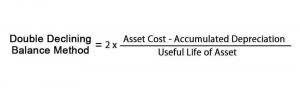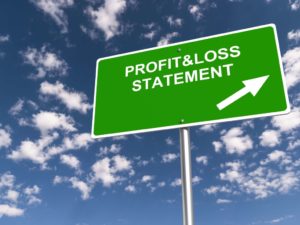
You multiply the reduced adjusted basis ($480) by the result (28.57%). Figure your depreciation deduction for the year you place the property in service by multiplying the depreciation for a full year by the percentage listed below for the quarter you place the property in service. If this convention applies, you deduct a half-year of depreciation for the first year and the last year that you depreciating assets examples depreciate the property. You deduct a full year of depreciation for any other year during the recovery period. Figuring depreciation under the declining balance method and switching to the straight line method is illustrated in Example 1, later, under Examples. For business property you purchase during the year, the unadjusted basis is its cost minus these and other applicable adjustments.
Gold for the Long Term
Sandra Habiger is a Chartered Professional Accountant with a Bachelor’s Degree in Business Administration from the University of Washington. Sandra’s areas of focus include advising real estate agents, brokers, and investors. She supports small businesses in growing to their first six figures and beyond.
What Are Examples of Depreciable Property?
- The difference between assets and expenses is significant when it comes to accounting.
- The Schedule of Depreciation is a table that charts the depreciation of an asset over the years that it serves your business.
- This means that for a 12-month tax year, a one-half year of depreciation is allowed for the year the property is placed in service or disposed of.
- It is tangible personal property generally used in the home for personal use.
- This helps you track where you are in the depreciation process and how much of the asset’s value remains.
To figure your deduction, first determine the adjusted basis, salvage value, and estimated useful life of your property. The balance is the total depreciation you can take over the useful life of the property. Your depreciation deduction for the year cannot be more than the part of your adjusted basis in the stock of the corporation https://www.bookstime.com/ that is allocable to your business or income-producing property. You must also reduce your depreciation deduction if only a portion of the property is used in a business or for the production of income. Using the straight line depreciation method, the business charges the same depreciation expense every accounting period.

Depreciation expense vs. accumulated depreciation
- Assets are depreciated to calculate the recovery cost that is incurred on fixed assets over their useful life.
- Depreciation directly impacts your income statement and your balance sheet, and can indirectly impact your cash flow statement as well.
- The Section 179 expense allows business owners to deduct up to $1,220,000 of the cost of qualifying new or used property and equipment purchases automatically for the 2024 tax year.
- This is why it’s almost always worth the extra time to depreciate your assets.
- See Placed in Service under When Does Depreciation Begin and End?
- Learn more about this method with the units of depreciation calculator.
Property that is or has been subject to an allowance for depreciation or amortization. A method established under the Modified Accelerated Cost Recovery System (MACRS) to determine the portion of the year to depreciate property both in the year the property is placed in service and in the year of disposition. If the element is the business purpose of an expenditure, its supporting evidence can be circumstantial evidence. If any of the information on the elements of an expenditure or use is confidential, you do not need to include it in the account book or similar record if you record it at or near the time of the expenditure or use. You must keep it elsewhere and make it available as support to the IRS director for your area on request.
Types of Depreciation for Tax Purposes
The adjusted basis of the property at the time of the disposition is the result of the following. Under the allocation method, you figure the depreciation for each later tax year by allocating to that year the depreciation attributable to the parts of the recovery years that fall within that year. Whether your tax year is a 12-month or short tax year, you figure the depreciation by determining which recovery years are included in that year. For each recovery year included, multiply the depreciation attributable to that recovery year by a fraction.
What is a Depreciable Asset?

You begin to depreciate your property when you place it in service for use in your trade or business or for the production of income. You stop depreciating property either when you have fully recovered your cost or other basis or when you retire it from service, whichever happens first. If you bought the stock after its first offering, the corporation’s adjusted basis in the property is the amount figured in (1) above.
Depreciation Schedule: A Beginner’s Guide
- Treat the carryover basis and excess basis, if any, for the acquired property as if placed in service the later of the date you acquired it or the time of the disposition of the exchanged or involuntarily converted property.
- The first recovery year for the 5-year property placed in service during the short tax year extends from August 1 to July 31.
- You must provide the information about your listed property requested in Section A of Part V of Form 4562, if you claim either of the following deductions.
- You cannot claim a section 179 deduction for the cost of these machines.
- This means that there will be a large difference between tax expense and taxable income at the beginning of the accounting period.
Expensed costs that are subject to recapture as depreciation include the following. When you dispose of property included in a GAA, the following rules generally apply. For information on the GAA treatment of property that generates foreign source income, see sections 1.168(i)-1(c)(1)(ii) and (f) of the regulations. The DB method provides a larger deduction, so you deduct the $192 figured under the 200% DB method. The DB method provides a larger deduction, so you deduct the $320 figured under the 200% DB method. The DB method provides a larger deduction, so you deduct the $200 figured under the 200% DB method.

